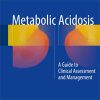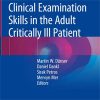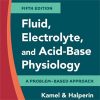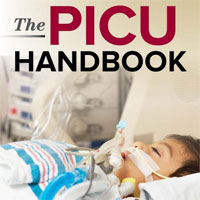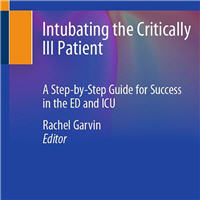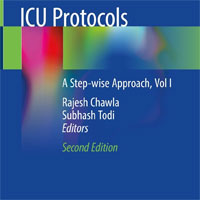Understanding Happy Hypoxemia Physiology During COVID-19
emcrit.orgHappy hypoxemia is severe hypoxemia (poorly responsive to supplemental oxygen) without dyspnea. This isn’t anything especially new – we have occasionally seen this since time immemorial. However, COVID is causing us to re-think how to manage this physiology.
The key to understanding this is thinking about oxygenation and CO2 clearance separately. These problems typically run together, but under certain situations they can become divorced.
Hypoxemia occurs when blood somehow passes from the right ventricle into the left ventricle without being fully oxygenated.
This generally occurs in one of two ways:
- Ventilation-perfusion mismatch (V-Q mismatch)
- Shunt physiology
Happy hypoxemia (severe hypoxemia without dyspnea) can be generated by a combination of shunt physiology, preserved lung compliance, and lack of dead space. This may result from any lung disease which causes a limited amount of shunt, while preserving the remainder of the lung (e.g., lobar consolidation or atelectasis).


